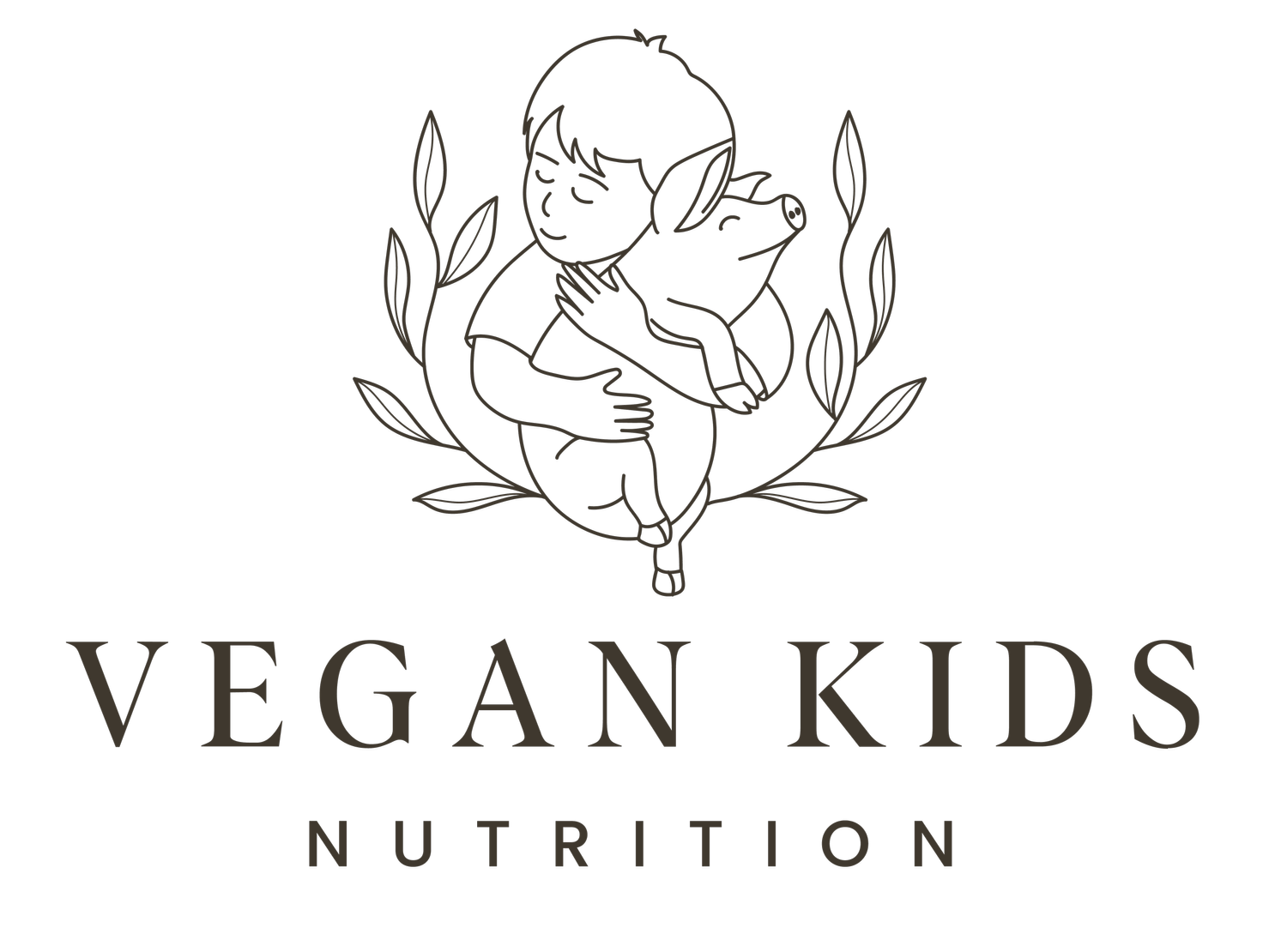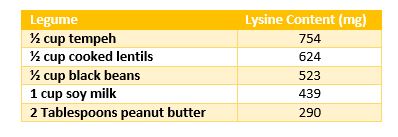There continues to be the misconception that obtaining adequate amount of protein from plant sources is not possible – or even a dangerous a path to a deficiency. However, let me say that this idea is simply a myth. This belief typically comes from those who are not familiar with veganism.
Obtaining adequate protein on a vegan or plant-based diet is possible. In fact, it’s much easier than you think! Like any other eating pattern, it’s important to still eat a variety of plant-protein sources to ensure important nutrients are consumed.
The importance of protein
Protein comes in all shapes and sizes. They serve many roles in the human body such as becoming enzymes, hormones, transports between cells, provide energy, and muscle maintenance(1). This is perhaps why protein has so much emphasis in our culture because it is critical in many functions that our bodies carries. Protein is composed of smaller moleculaes called amino acids (aka the building blocks of protein). There are two types of amino acids: essential amino acids (which cannot be made by the body) and non-essential amino acids (are naturally made by the body).
Essential amino acids are those that we can’t make, so we have to obtain them through our diet. Nine out of the twenty total amino acids are the essential ones. All plant-proteins have these essential amino acids(2). With the exception of soy, all plant-proteins are low in one or two of these essential amino acids (2), which is where the myth of combining proteins started from.
Complementary proteins
The idea that we must combine food sources to make a complimentary or a “complete” protein is no longer true. In fact, it’s unnecessary and quite frankly irrelevant to the vegan diet. There's no such thing as "incomplete" protein. By eating a variety of plant-based proteins – soy, legumes, nuts, seeds, grains – our body takes those amino acids and does this process on its own(3). Our bodies break down plant-based proteins, store these amino acids, and “combine” proteins on its own from what we eat throughout the day. We ourselves don't have to do that when we plan our meals.
There is no need to combine any type of grain and legume in one meal to form a so-called "complete" protein. And there is definitely not a need to keep track of which amino acids we’ve consumed throughout the day. By consuming enough calories throughout the day and eating a variety of whole, plant foods - vegetables, legumes, fruits, nuts, seeds, grains - it may be virtually impossible to become deficient in protein or any of the amino acids.
The importance of legumes
As mentioned, plant-proteins do have all of the nine essential amino acids but some plant-based foods tend to be low on one or two of these amino acids. The most common is called lysine. Lysine is the most common amino acids to be limited in a vegan diet. It is present in many grains and legumes; however, because legumes are higher in protein, it’s recommended to consume at least three servings a day of a variety of legumes to meet the requirements for lysine.
Here are examples of what one serving of legumes looks like(2,3):
Can you get enough protein on a vegan lifestyle?
The answer is yes! Eating a variety of plant-based foods and ensuring adequate amount of calories throughout the day will meet your daily requirements for protein. Studies have shown that those who follow an all plant-based meet or exceed their daily recommended amount for protein needs.
Here’s an example of foods I typically eat:
Daily protein intake may vary from day-to-day depending on what you’re consuming. This is just an example of foods I have eaten to demonstrate that it’s easy to obtain a good amount of protein from plant sources. On days that I eat salads, my intake may be less (but not below my recommended amount) and on days that I eat easy-to-use meat alternatives, I probably exceed my daily protein needs. However, no matter what I eat, as long as I consume a variety of protein sources throughout the day – legumes, soy products, nuts, seeds, grains – I can be certain that I’m getting enough protein.
Take home message
It's easy to meet or exceed your daily protein needs on a vegan diet. The idea that we must combine sources of plant-protein in one meal is no longer true. Studies have shown that our bodies are more than capable of doing this on their own based on foods we provide it throughout the day. There is no such thing as an "incomplete" protein as all plant foods contain all nine of the essential amino acids. It’s important to eat a variety of plant-proteins with at least three servings of legumes to meet our daily protein requirements and the limiting amino acids, lysine.
References
Amino Acids and Protein. (2012). In Krause Food & The Nutrition Care Process (p. 48).
Messina, G. (2015, March). Plant Protein: A Vegan Nutrition Primer. Retrieved from The Vegan RD: http://www.theveganrd.com/vegan-nutrition-101/vegan-nutrition-primers/plant-protein-a-vegan-nutrition-primer/
Norris, J. (2016, January). Protein Part 2-Research. Retrieved from VeganHealth.Org: https://veganhealth.org/protein-part-2/#protein-foods





